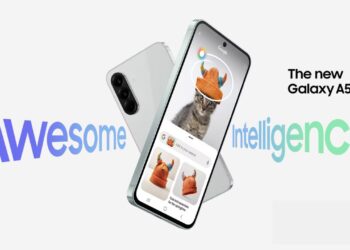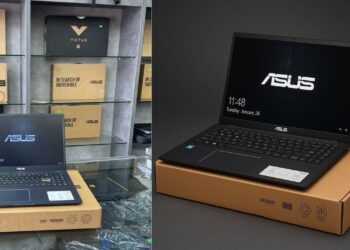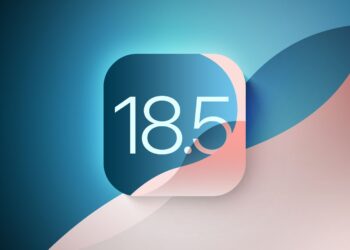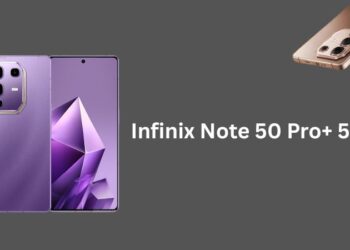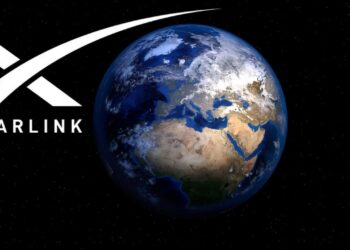Sony’s twin 5-inch full HD phones have surely put the Japanese electronic giant back on the smartphone map. The company was in danger of becoming irrelevant after releasing phones with outdated hardware at the wrong time. However, this year, Sony was bang on time with the Xperia announcements at CES in January.
The Xperia twins – Z and ZL – have a lot of specs in common, but a few differences as well. So it makes sense to bring the two under one banner. Then there’s the fact that Sony Mobile’s India website lists both as coming soon to India. A March release is what rumours predict, but whenever they do, the two phones will have enough time in the market before the Samsung Galaxy S4 juggernaut rolls around.
OS – Android 4.1 Jelly Bean with Sony’s customised skin
The Xperia Z and ZL are the first Sony phones to launch with Jelly Bean on board. Besides the Project Butter goodies, JB also brings in an improved notification drawer. Sony has decided to slap their own customised skin on top of the stock UI. This is not a bad thing per se; the UI looks more or less similar to stock, without adding any extraneous bulk like Timescape or Mediascape, which brought down Sony’s earlier phones. However, it does give some more options for users to customise their homescreens, including adding and removing them, unlike stock Android.

The Xperia Z has a waterproof shell
Cellular network – LTE-ready
Both phones are LTE-ready handsets but support different bands depending on the country-specific variants. The various bands supported are 850 / 900 / 1800 / 1900 for GSM, 850 / 900 / 1700 / 1900 / 2100 for HSDPA and 800 / 850 / 900 / 1800 / 2100 / 2600 for LTE. Both phones use Micro SIMs for cellular connectivity.
Display – 5-inch full HD
Both the Z and ZL have the same display and a stellar one at that. The 5-inch full HD screen has a resolution of 1920 X 1080. Besides, Sony has included their homebrewed Bravia Mobile Engine 2 feature that makes colours more vivid and enhances brilliance, while watching videos or viewing images. Both smartphones are also decked up with shatter-proof and scratch-resistant glass to keep the glorious display away from harm.
Form factor and weight – Z is waterproof, ZL is a tiny dynamite
Sony has gone two different ways when designing the two phones. Even though they share the internals, there is a good deal of difference in their sizes. The Xperia Z, for starters, is an impossible 7.9mm thin and Sony has managed to do that and also give it water-proof and dust-proof capabilities. It is IP57 certified, which means it is water resistant up to 1 meter and 30 minutes. Design wise, the Z is a block of glass with cutouts on the side to fit in the volume buttons, the classy and hard-to-miss power button and of course various flaps to cover the USB ports, the 3.5mm audio jack and the SIM and microSD slots. It features a glass back that is unbroken save for the camera lens on the top left corner. It looks to be a very solidly built handset from close-up pictures.

Sony has designed prominent power buttons for both phones
The Xperia ZL, on the other hand, is slightly thicker at 9.8mm, but it has a smaller footprint. To put it in perspective, the Xperia Z is 139mm tall, while the ZL, with the same screen real estate, is only 131.6mm tall. That actually makes it shorter than the Nexus 4 and the Samsung Galaxy S3, both of which have smaller displays. A 5-inch screen on a smaller body makes great sense, especially for people with smaller hands. Sony has to be commended for this engineering feat at a time when most manufacturers don’t mind going bigger. The ZL is not water or dustproof like its brother, but instead brings easy access to ports through a small flip cover on the back. The back itself loses the glass in favour of a more grippy surface, less likely to slide off angled desks.
Wi-Fi – Everything but the sink
In this department, Sony has thrown all the WLAN features one could ask for. The Xperia Z supports Wi-Fi 802.11 a/b/g/n bands, but the ZL loses support for a band and also does not have dual-band Wi-Fi. Multimedia content can be sent to your TV or HTPC thanks to the DLNA support and Wi-Fi Direct can be used to share files with other phones on the same WLAN connection. Both also have the Wi-Fi hotspot capability to share the phone’s Wi-Fi connection with other devices.
SoC – Quad-core Snapdragon S4 Pro with Adreno 320 GPU
For once Sony has kept up with the competition and launched phones with the latest chipsets. It has included the same processor-GPU combo in both phones, so performance wise there shouldn’t be any difference. Speaking of performance, early reviews state that the phones pretty much fly through any task and commend Sony for optimising the processor’s performance for their Android skin. The Qualcomm MDM9215M or APQ8064 chip has four Krait cores, clocked at 1.5GHz each. The Adreno 320 GPU has performed admirably in the past and we have no reason to doubt that the CPU-GPU combo shouldn’t blaze through everyday tasks and Android menus.

Both phones have Sony’s Mobile Bravia Engine 2 ticking underneath
Storage – 16GB internal memory with microSD slots
Both phones have the same 16GB of internal storage and pack in microSD card expansion slots. This is especially cool considering the Xperia Z is water-proof. In the Z, this is under a flap on the left side of the phone, while the ZL has a small door on the back, which can be pulled open to access the card slot. Surprisingly, the maximum storage capacity differs in the Z and ZL. The former has a maximum expansion of 32GB, but the ZL gets double that.
Rear cameras
The camera on the Xperia Z is touted to be one of the best performers out there. The 13.1 megapixel Exmor RS sensor on the Z has great features. It comes with an LED flash and has support for geo-tagging, touch focus, face detection, image stabilisation, HDR and Sony’s 3D sweep panorama. It can also shoot 1080p video and in recording mode has continuous autofocus, a video light, video stabiliser function and HDR video, a first for smartphones. The Xperia ZL’s camera is a 13-megapixel one, with the same sensor. However, it does not have the video HDR mode. A nice touch in the ZL is the inclusion of the physical shutter key, which has not been included in the Xperia Z for reasons of waterproofing.
Front-facing cameras
The phones have slightly different front-facing cameras too. The Xperia ZL goes for an odd placement of this camera. It is on the bottom right corner of the phone, below the display. Sony claims this setup is better for a wider view of the subject during video calls or self-shots. This one is a two megapixel camera and can also shoot 1080p video. The Xperia Z has a more traditional front-facing camera placement and has a 2.2 megapixel sensor, also capable of full HD videos at 30fps.

The Xperia ZL’s front camera is placed below the display
Sensors – The basics covered
Accelerometer, gyroscope, proximity sensors and compass are found on both handsets. Some variants of the Xperia ZL also have a barometer to get an air pressure reading.
GPS – Just like the rest
Nothing out of the ordinary here. Sony has built in GLONASS support as well as Assisted GPS. Most modern phones come with these and it would have been a glaring omission.
NFC
Both phones have NFC chips and Sony has even released a wide range of accessories and speakers to use this feature. You can also buy programmable tags or chips and assign actions like enabling Wi-Fi or putting the phone in silent mode, which will get activated when the phone comes in contact with the tags. Sony has a number of apps on the Google Play Store as well that can be used with NFC-enabled devices.
Battery – 2330 MaH on the Xperia Z and 2370 MaH on the Xperia ZL
Surprisingly, Sony has put in a slightly lower capacity battery on the Xperia Z. Even so, that much juice should ideally get you through the entire day, with moderate usage. Heavy email users and gamers might need to carry the charger or a battery pack. Neither phone’s battery is accessible or removable.
The bottom line
We have yet to see the Xperia twins in person, but on paper, both look rock solid. The Xperia Z has the advantage of being impervious to liquids and dust. So you can actually record your shower songs if the thought strikes. The Xperia ZL on the other hand is an engineering feat, one that we want more manufacturers to explore. At the moment, it is hard to pick between the two. While it’s great that the Xperia Z is water-proof, it does come at the cost of having to fiddle with flaps every time you want to charge it or use the headphone jack. The Xperia ZL also has some demerits – the door on the back to access the Micro SIM and microSD card comes to mind.
Going just by specifications, they sound absolutely phenomenal. The HTC Butterfly is the only full HD phone to be launched in India and the new Xperias will be in direct competition with it. We found the Butterfly to be an admirable performer in our review. It will be interesting to see how the Xperia Z and ZL fare in comparison. We can’t wait to get our hands on both the handsets. Watch this space for all the first impressions, in-depth reviews as well as software updates coverage on both the phones.

